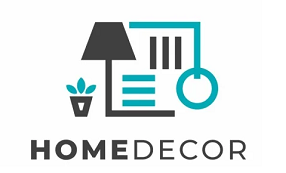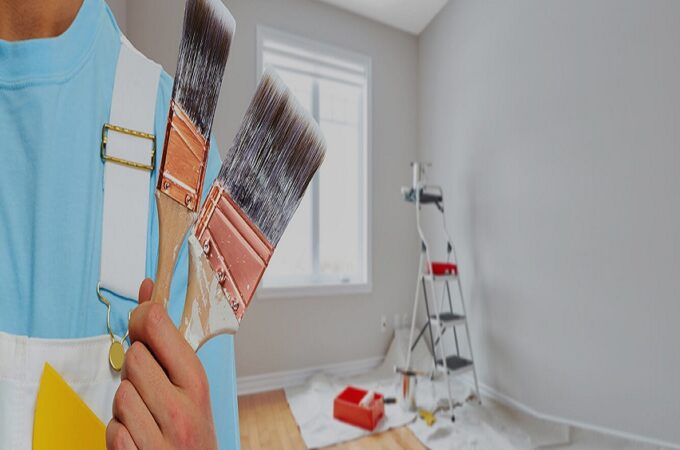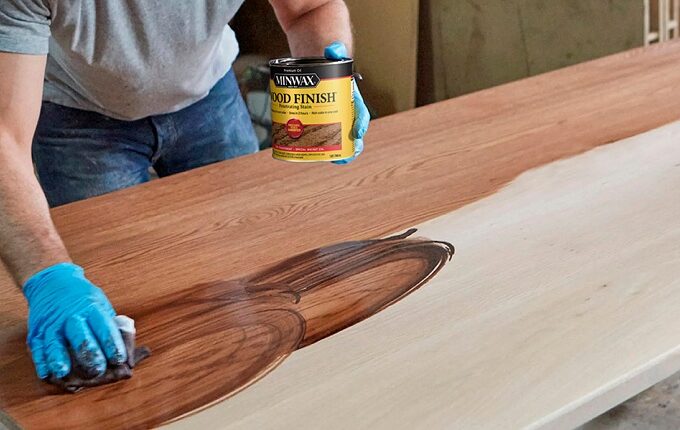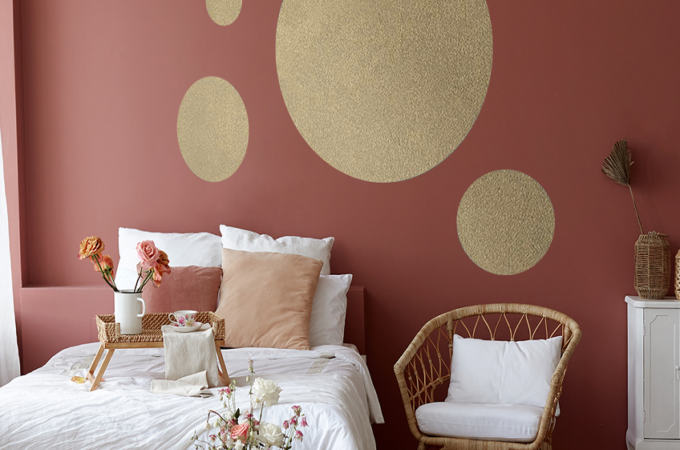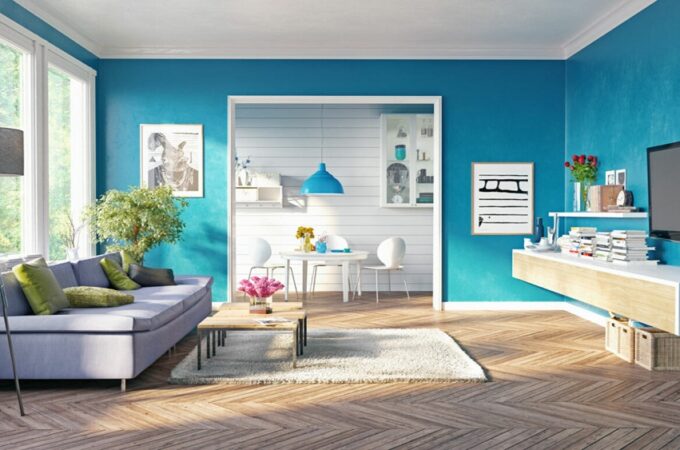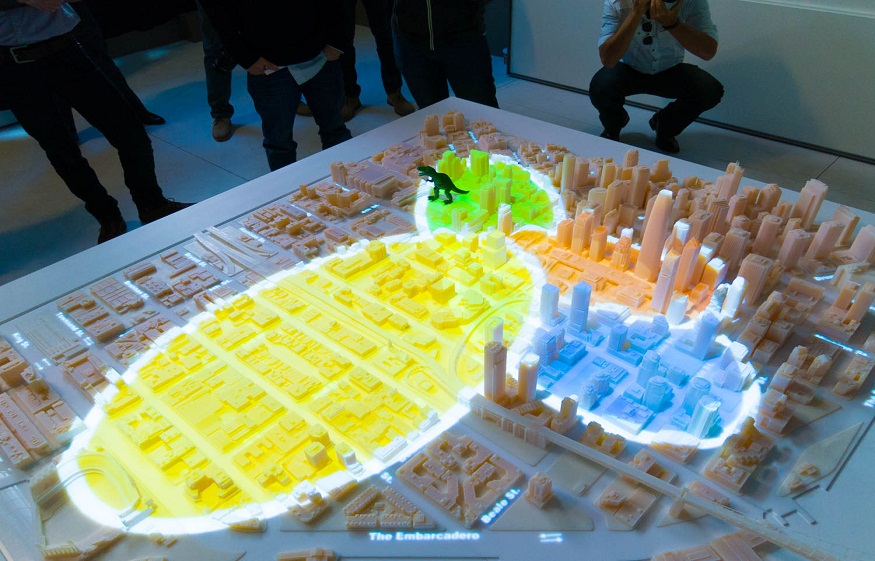
Revolutionizing Architecture: 3D Printing Shapes Future Design
Emerging technologies are transforming architecture as they redefine design paradigms. Digital fabrication is advancing, allowing creative visions to come to life with never before seen precision. This evolution fosters a collaborative environment between technology and craftsmanship. Architectural practices are embracing efficiency and sustainability through innovative approaches and reimagining traditional construction techniques as they adapt to the demands of modern urban landscapes globally.
Innovative design techniques
Contemporary architects, under the banner of innovative design techniques, discover new ways to fuse digital tools with traditional drafting. By promoting refined visualization, these practices allow professionals to experiment with complex forms and structures without the constraints of conventional models. Rapid prototyping and iterative adjustments now aid the creative process by fast-tracking the evolution of ideas to tangible prototypes. Advanced materials and cutting edge software are combined to help increase the clarity and impact of design concepts. This progress facilitates informed decision making in the early stages of project development and encourages interdisciplinary collaboration. With new design techniques comes an experimental mindset, as professionals explore the limits of architectural expression while still keeping practicality and functionality as the core of each project. It is the shift from paper based planning to computational design methods that represents one of the greatest leaps in architectural evolution, combining artistic exploration with technical precision. Modern tools like augmented reality help to preview spatial dynamics, whilst bringing creative vision and technical planning together to achieve global project outcomes.
Technological integration in architecture
Architecture is entering a new era of technological integration, which is ushering a new age in construction and design practices. The digital revolution introduces smart systems for seamless interaction between computational models and physical structures. But today, designers can use simulation software and parametric design to predict structural performance and optimize the use of materials. This methodology reduces errors and expedites time to market, while preserving both creativity and technical accuracy. The combination of sensors and data analytics embedded in design processes enables architects to monitor performance in real time. Combining traditional expertise with digital methodologies increases precision and innovation across all project stages. Using integrated technology, architects achieve greater flexibility and resilience in adapting designs for environmental and user specific requirements, yielding more dynamic and responsive structures that are in concert with contemporary needs and advance a sustainable future. Continually redefining possibilities, innovative hardware solutions coupled with evolving software tools. The synergy created leads to the development of smart buildings that not only operate efficiently but also anticipate change to ensure longevity and adaptability in a constantly evolving urban environment.
Enhancing creative process
Central to modern architectural practice is the enhancement of the creative process. Using computational design and digital visualization, architects become free to explore new realms of artistic expression. Advanced modeling techniques are integrated with traditional design methods to stimulate innovative ideas and to encourage experimental forms. The ability to simulate real world scenarios helps designers make more informed creative decisions. It reduces risks and uncertainties in early design phases, helping projects evolve with greater clarity. Furthermore, collaborative platforms provide the means for multidisciplinary teams to share insights and improve creativity. Through technological convergence with creative approaches architects achieve detailed spatial visualization that leads to beautiful designs with superior structural integrity. This forward-thinking design philosophy simultaneously reshapes artistic possibilities while establishing new pathways for future architectural development through the seamless integration of precise execution and imaginative design. Designers find inspiration in emerging trends to create spaces that support risk-taking and innovative experimentation while maintaining enthusiasm throughout their creative work.
Precision and efficiency in model making
The modern era of model making has become defined by precision and efficiency, as architects try to minimise material waste and improve the accuracy of representations. Digital fabrication has ushered in streamlined workflows that merge craft with high tech. Firms utilize innovative processes that integrate computer-aided design to quickly produce detailed physical prototypes. In this context 3D printing model making has emerged as a transformative tool, enabling consistent quality and intricate detail. Additionally, partnering with a recognized architectural model company has contributed to the integration of creative design and technical rigor. New enhanced production methods now allow for rapid adjustments and modifications, allowing for reduced turnaround times, without diminishing design integrity. Today, the marriage of artistic flair and exacting engineering has tipped the scales in the direction of models that capture spatial relationships and structural elements with equal precision. These methods are the first step towards revolutionizing the construction process and redefining industry standards. It inspires progress, setting a new benchmark for design excellence admired globally.
Sustainable practices and future trends
Architectural workflows undergo transformation as sustainable practices and emerging trends become dominant. Design must now incorporate eco-friendly materials alongside energy-efficient techniques as fundamental elements. Architects now prioritize minimizing environmental impacts through implementation of renewable resources and waste reduction strategies. The forward-thinking design approach includes sustainable building methods which promote longevity and responsible resource management. Modern urban development employs innovative architectural solutions which combine natural ventilation and passive heating systems to reduce energy usage. Research in sustainable architecture enables the implementation of green technologies which transform construction standards while providing performance benefits and cost advantages. Building professionals combine environmentally friendly practices with explorations of novel materials and techniques to support ecosystem balance. Sustainable architecture represents a fundamental reorientation of design practices which joins natural systems with constructed spaces to deliver resilient buildings suitable for contemporary societal requirements. Future architectural projects will combine environmental responsibility with economic viability through continuous advancements in sustainable design research and practical applications.
Global impact and market expansion
The worldwide adoption of digital fabrication methods in architecture is reflected in global impact and market expansion. The influence of advanced design technologies is highlighted by international collaborations and cross border projects. Demand for innovative construction approaches is driven by economic shifts and cultural exchanges to meet diverse market needs. Rapid urbanization in emerging economies is fueling the integration of new techniques, creating an enhanced, dynamic infrastructure and cityscapes. In addition, forward looking practices promote sustainable growth and technology transfer between nations. 3D model printing Dubai, a specialized service, has enhanced local industries and boosted design excellence on the global scale. Architectural innovation is no longer a limited phenomenon of traditional markets; it has become a universal language of progress, bringing together creative minds and technical experts from all over the continents to define future directions of urban development. Market opportunities are being further expanded by innovative partnerships and strategic investments, driving technological advancements and sustainable growth in global construction practices with strong momentum, inspiring a new era of architectural excellence.
Conclusion
Architecture is merging creativity with technology to redefine digital innovation. The field advances as professionals adopt new methodologies, with increased precision and sustainability. A focused transformation that promises improved design accuracy and better construction practices. As the global community embraces advancements, the journey continues to secure a progressive future for architectural development worldwide. Indeed, innovation is the driving force for a sustainable tomorrow.
